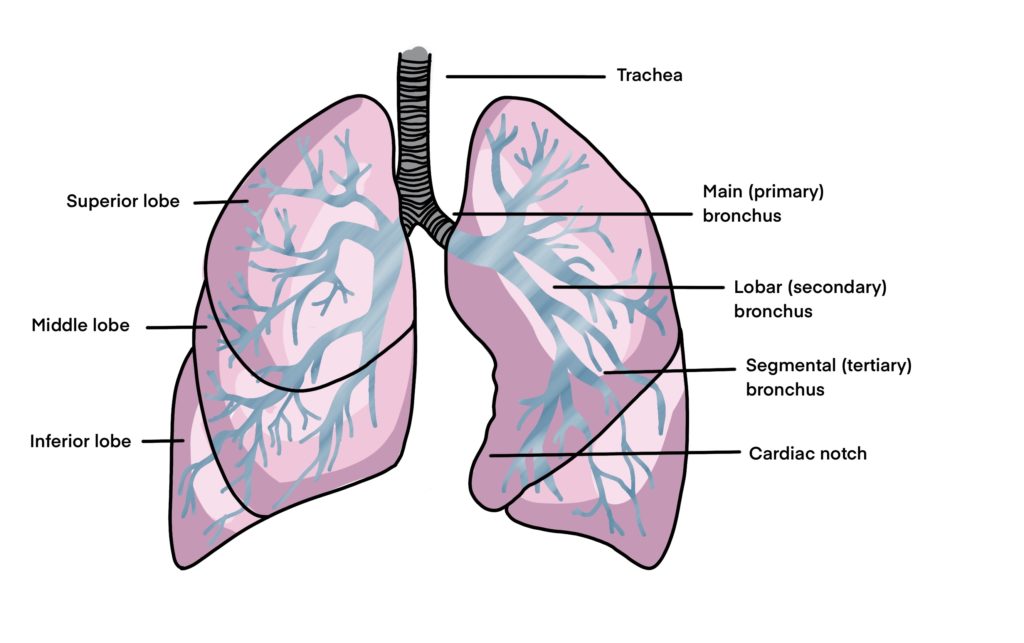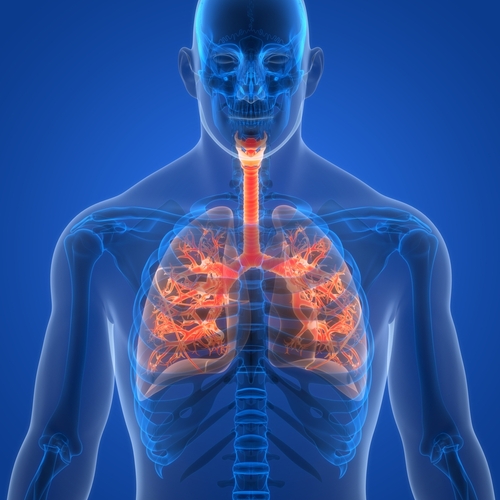A 93-year-old female patient presented with two months of abdominal pain, fatigue, exertional dyspnea, and lower limb edema. Her medical history included hypertension and hyperlipidemia, for which she was on multiple medications. Clinical examination revealed dyspnea, bilateral lower limb edema, and signs of pleural and pericardial effusions. The initial differential diagnosis included chronic heart failure, glomerular nephropathy, cirrhosis, hypothyroidism, and hypoproteinemia. After excluding these conditions, autoimmune testing confirmed systemic lupus erythematosus (SLE), with elevated anti-nuclear and anti-dsDNA antibodies, along with decreased complement levels, indicating active disease.
The diagnosis of SLE was challenging due to the atypical presentation in an elderly patient with multiple comorbidities. Treatment involved immunosuppressive therapy with corticosteroids, leading to clinical improvement. Despite the milder course of SLE in elderly patients, the presence of comorbidities increased the risk of complications, requiring a cautious, multidisciplinary approach. The patient’s response to treatment emphasized the importance of recognizing late-onset SLE and providing tailored management to improve outcomes and quality of life.
Reference: Ceasovschih A, Alexa RE, Șorodoc V, et al. Systemic Lupus Erythematosus Features in Elderly Patients: Case-Based Review. J Clin Med. 2025 Apr 8;14(8):2558. doi: 10.3390/jcm14082558. PMID: 40283389; PMCID: PMC12027941.








